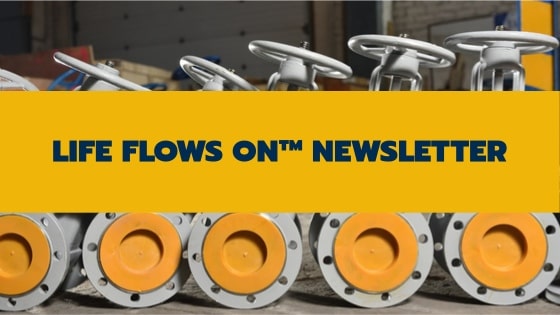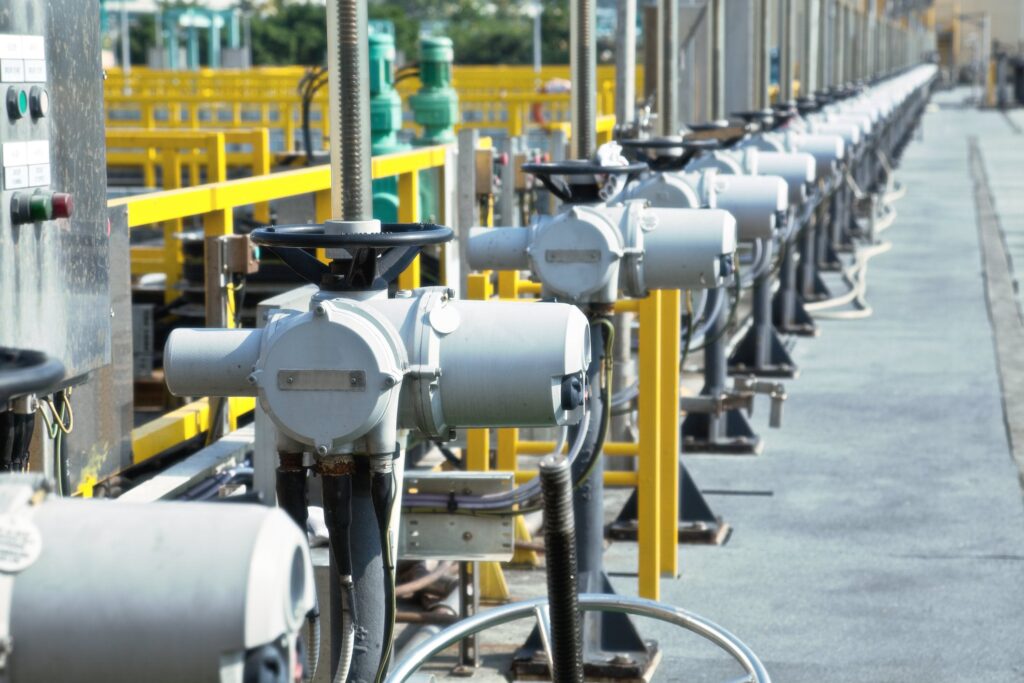What is Valve Automation and How Can It Help?
There are several variations of equipment that are used in different industries to help processes run smoothly and efficiently. One of the main tools used to make that happen is valve actuators. They are an essential asset for production and their primary objective is to control and maintain a steady operation.
However, if your plant is using outdated methods to get things done, it’s time to make a switch to valve automation. Automation provides numerous benefits and does the job safely with minimal risks.
Does that sound like something you’re interested in? If so, take a look at the information below to learn how valve automation can change the way your operation runs.
What Is Valve Automation?
Industrial valves are instruments for flow control that are used in pipelines and manufacturing plants. The function of the valve is much like that of a tap in which the pipeline flow is operated by opening or shutting the valve. The method of attaching a valve actuator and control mechanism to the valve is known as valve automation. Actuators can be controlled by human, mechanical, pneumatic, or hydraulic energy.
Automated valves are a huge component of automating process control. They are used in various types of process plants such as power plants, wastewater treatment plants, food factories, refineries, nuclear processes, mining processes, and pipelines.
The Types of Valve Actuators
When it comes to valve actuators, there are various options. The actuator that you choose depends on your operational needs. The different types of actuators include the following:
Manual
Whenever a valve utilizes manual energy, it’s done so by hand using hand wheels, gears, and levers. The manual option isn’t as costly as the other alternatives and is simple to operate. However, it isn’t always so easy to implement the manual method.
It’s impossible to operate the bigger valves manually because of the thrust needed. Not only that, but they’re sometimes situated in isolated or hazardous environments. That creates an issue with safety if the valve must be closed quicker than what can physically be done by hand.
In these situations, another method of valve automation is needed.
Pneumatic
Pneumatic valve actuators rely on air pressure or gas for power. It has a simple design that doesn’t need much maintenance. This type of actuator is used in areas where there are extreme temperatures.
Electric
An electric actuator transforms electrical energy into torque for valve operation. It has the highest precision control positioning. Electric actuators are non-toxic, quiet, and good for energy efficiency. On the downside, they are costly and are not the best option for critical applications that need fast speed or fail modes.
Hydraulic
Hydraulic actuators transfer fluid pressure into motion. Hydraulic actuators can create forces stronger than pneumatic actuators that are the same size. They’re really good for high enforced applications. For some applications, the process fluid provides the hydraulic pressure required to operate the actuator.
The Benefits of Valve Automation
Manual valve operations create a potential for more risks because it increases the possibility of human error, and it increases operational cost due to unnecessary waste. However, automated valve actuators allow operators to maintain piping system costs while also providing accurate cost per unit.
Here are more advantages of valve automation:
Enforces Safety
In addition to operator safety, actuator valves help to monitor consistent operating conditions and maintain stability in situations where the risk for detrimental failures is threatened by high temperatures, pressure loads, noxious gases, flammable elements, or other conditions.
Automated valve actuators return to fault-safe positions in emergencies, which minimizes collisions, environmental risks, disruption to machinery or buildings, and other catastrophic effects.
In order to physically restore them to a safe position, this kind of valve often requires remote access to valves that may be challenging or impossible to reach safely.
Improves Output
Increased output management helps to reduce costs due to product waste, by using automatic pumps. Automated valves don’t rely on the operator, which helps them to continue to control and modify the flow without interference through the system.
They will continue to generate even during power outage incidents, or they’ll safely stop the current phase before grid power is restored. Automated valves are combined with battery backup systems that provide an emergency power supply.
Valve automation enables operators to set optimum operational positions, which enabling minimal operator intervention, flow changes, and tracking.
Should Your Industry Use Valve Actuators?
In today’s time, there have been many technological advances that are used in a variety of industries. Valve automation is becoming increasingly common because it simplifies operation. There are service providers and manufacturers, such as Anything Flows that provide the products you need to enhance production in your field.
Anything Flows is a full control company located in the United States. Our company distributes actuators, measurement products, instruments, and control valves. We provide services to industrial and energy markets and provide engineering skid solutions that are tailor-made for you.
Also, Anything Flows services the gas and oil industry across midstream, upstream, and downstream sectors. Not only that, but we also service marine, power generation, and food industrial sectors across the globe. We have what your industry needs
Valve Automation at Its Finest
If your company requires valve automation, Anything Flows can assist. We provide a variety of products to suit various needs. Plus, we offer services all over the world. So no matter where your company is located, we can assist.
If you have any questions, call 832-987-3494 or contact us online.
We look forward to helping you soon!


